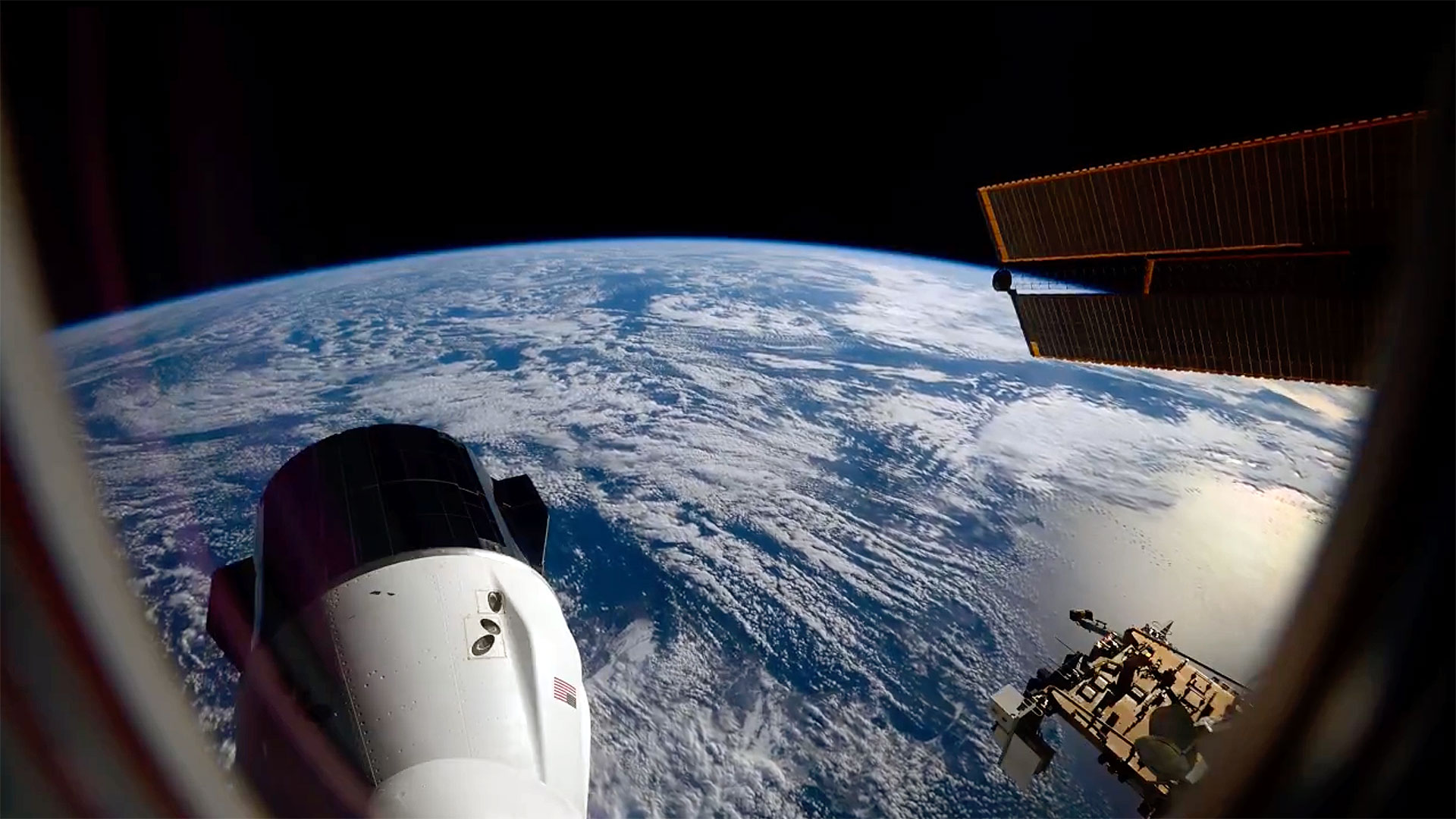Big Bang Theory: The latest science and discoveries
Latest about big bang theory
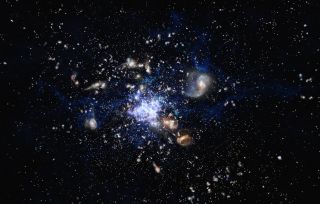
Giant proto-galaxy in early universe devours recycled material to birth new stars
By Sharmila Kuthunur published
A faraway proto-galaxy has been observed feeding on recycled material, shedding more light on how galaxies sustain star birth across eons.
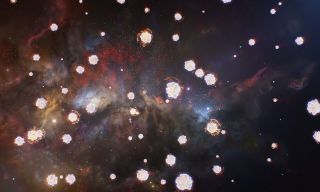
Guts of the universe's 1st stars found in distant gas clouds
By Robert Lea published
Astronomers have found the fingerprints of material dispersed by the supernova deaths of the universe's first stars in distant gas clouds.
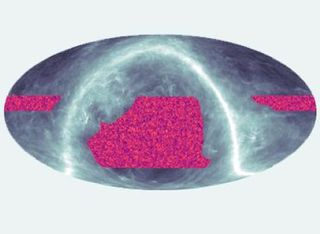
New dark matter map created with 'cosmic fossil' shows Einstein was right (again)
By Robert Lea published
The mapping of matter in the cosmos helps to confirm Einstein's theory of general relativity and reveals more about mysterious dark matter.
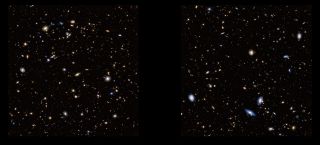
James Webb Space Telescope eyes Hubble Ultra Deep Field in stunning detail (photo)
By Sharmila Kuthunur published
NASA's James Webb Space Telescope looked at the same distant patch of sky that Hubble did, revealing yet more detail in the famous Ultra Deep Field.
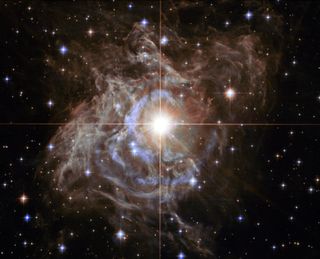
'Hubble trouble' could deepen with new measurement of the universe's expansion
By Robert Lea published
Cosmologists have a problem: Their measurements of the rate of expansion of the universe don't agree. And a new, highly accurate measurement of variable stars could deepen this 'Hubble trouble.'
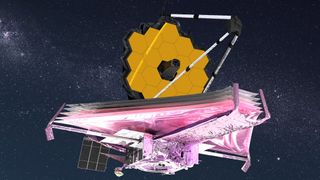
James Webb Space Telescope spies most ancient galaxies ever observed
By Robert Lea published
The James Webb Space Telescope's ability to study the early universe has been solidified by the confirmation that it has imaged four galaxies as they were just 350 million years after the Big Bang.
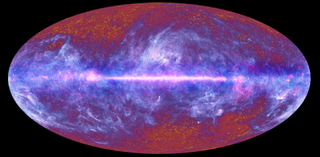
The universe might be shaped like a doughnut, not like a pancake, new research suggests
By Paul Sutter published
The universe may be flat, but could still be shaped like a doughnut, weird patterns in leftover light from the Big Bang suggest.
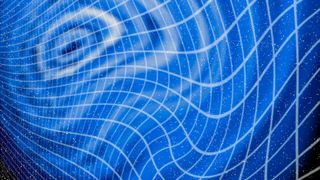
Faint gravitational waves may be from primordial fractures in space-time
By Paul Sutter published
The early universe may have been such a violent place that space-time itself fractured like a pane of glass, releasing gravitational waves that astronomers say we may have already detected.

Dark energy could lead to a second (and third, and fourth) Big Bang, new research suggests
By Paul Sutter published
Scientists have proposed a way that the universe could stop expanding, ending in a 'Big Crunch' that resets space and time as we know it.
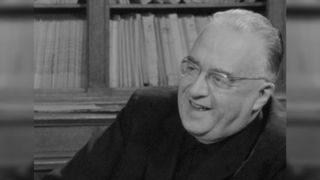
Only filmed interview with Georges Lemaître, 'father of the Big Bang,' rediscovered after 60 years
By Harry Baker published
The only known filmed interview with physicist and Catholic priest Georges Lemaître, who originally proposed the Big Bang theory, has been found on a video that was lost nearly 60 years ago.
Breaking space news, the latest updates on rocket launches, skywatching events and more!
